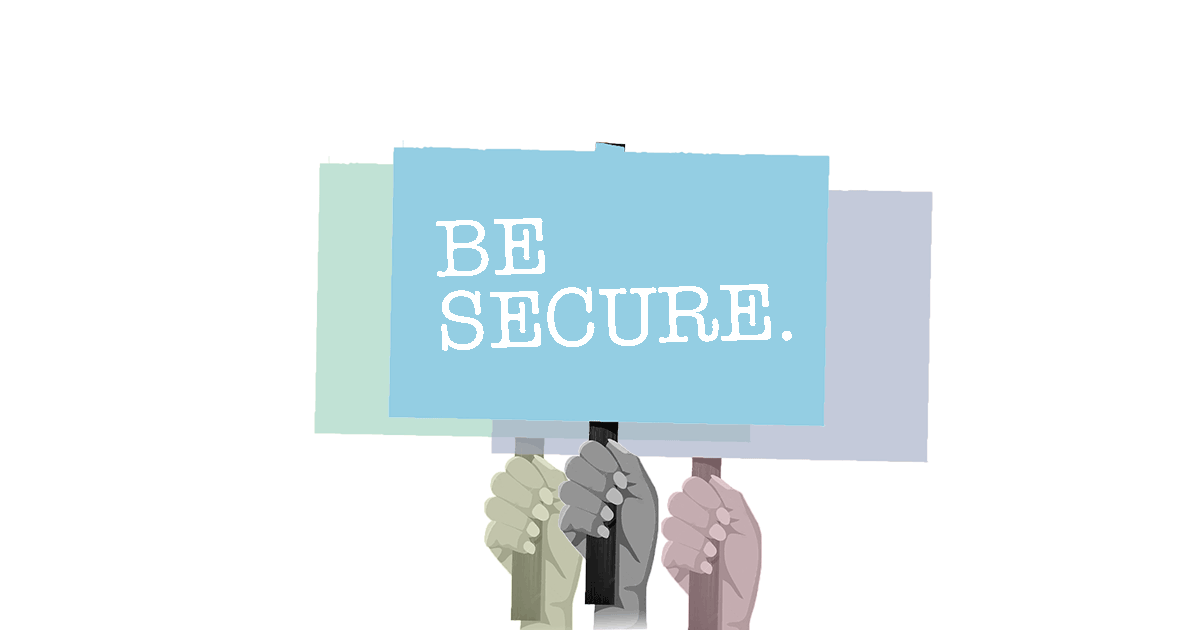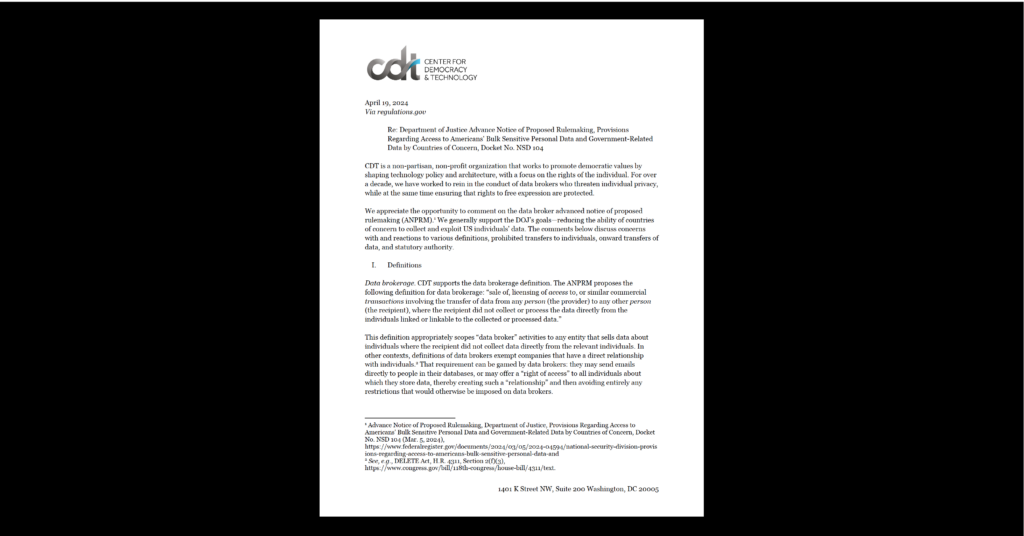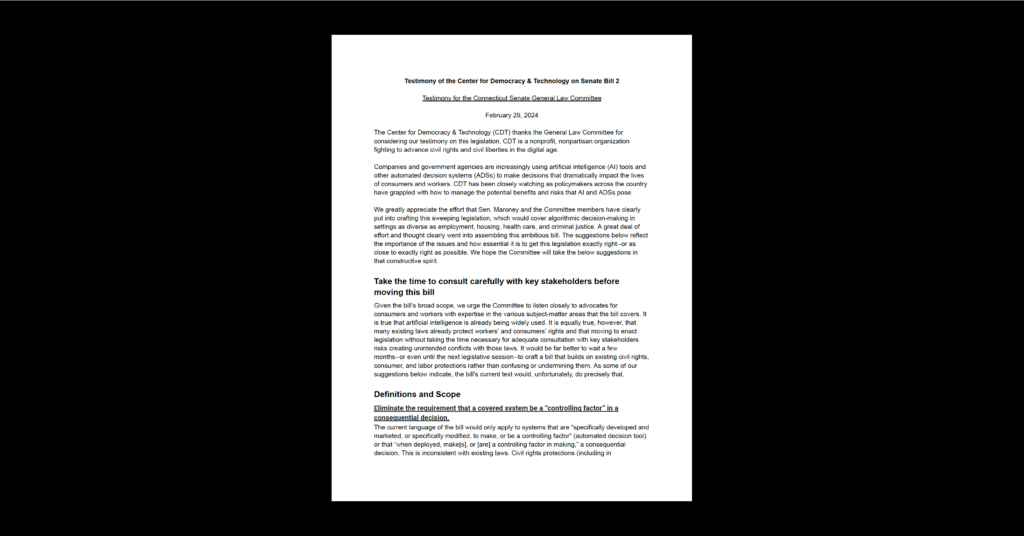Cybersecurity & Standards, Free Expression, Government Surveillance, Privacy & Data
How Cyber Secure Are You? Find Out!

We all need to take control of our own cybersecurity. This is especially true if, for example, you are an activist protesting government abuses or a journalist trying to uncover the truth about corrupt officials. It appears we are about to enter an era of increased threats to our democratic rights, which makes it even more important to take steps to ensure that your devices and digital communications are private and secure.
CDT developed a quiz to help you assess how cyber secure you are and offer tips on how to improve. So, how secure are you? Take this quiz to find out:
And for those of you not wanting the tough self-assessment, here are our top tips on how to improve your personal cybersecurity.
- Be cautious while on public Wi-Fi: Disable file sharing, enable a firewall, use a VPN (“virtual private network”), and, most importantly, limit the type of online activities you engage in (specifically shopping or banking) to avoid the risk of giving out sensitive information.
- Plug into your own charger: Your devices are configured to sync or transfer data whenever they’re plugged directly into USB ports, which provides a convenient platform for someone to download/upload data from/to your electronics.
- Use a strong password or password manager: At a minimum, your password should have 12 characters and you shouldn’t use the same password across sites. Instead of trying to remember various passwords, just use a password manager. This software uses one strong password to remember passwords to all the websites you visit. Here are some tips on making better passwords.
- Use 2-step login for your email: 2-step login is when you enter a one-time code in addition to your password. This code can be in a standalone token, an app on your phone, or sent to you via text message.
- Use HTTPS when browsing the Web: HTTPS helps ensure that no one can read or alter your data as it travels to and from the website you’re visiting. If you want to ensure your browser always uses HTTPS when it is available, consider installing the Firefox, Chrome, and Opera browser extension HTTPS Everywhere.
- Use a VPN, Tor, or similar tools: These tools function as protective layers, routing your traffic through multiple computers, making it hard to trace your connection while protecting your privacy.
- Update your software: Software updates are vital for your computer’s performance and, most importantly, to stay protected against cyber-attacks and malicious threats.
- Password-protect your devices: Encrypted and/or password-protected devices ensure your information is secure, even if your device is lost.
- Use encrypted messaging systems: Many messaging systems now offer end-to-end encryption, which ensures that the message you send can only be read by the intended receiver. Some mainstream services don’t offer encryption by default, so be sure to check and turn this feature on.
- Don’t click the link: Phishing is the most common way hackers break into your accounts. If a link or message seems suspicious, don’t open it or click it. And never provide your password or personal information like a social security number over email.
- Backup your data: Back it up somewhere other than on your physical computer.
- Put a sticker on your laptop: Put CDT’s sticker on your laptop! While being the cool kid on the block, you will also improve your laptop security, as stickers make it difficult for someone to transfer your information to a new computer and give you back a familiar, but different laptop, infested with malware.


